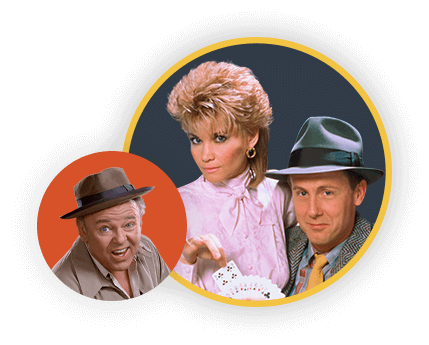OK Soda: The strange, nihilistic Nineties soda that only lasted seven months

Companies trying to be hip with the youth of today are hardly a new phenomenon. There's a reason that "How do you do, fellow kids?" has become a beloved meme. These days, it might look like trying to appeal to Gen Z, but there's nothing new under the sun.
In 1993, Coca-Cola decided to appeal to the totally rad Generation X demographic. Grunge was popular in a big way, and modern kids were pushing back against the Eighties big business culture. "Smells Like Teen Spirit" was topping the charts. The "show about nothing," Seinfeld, was on TV. If you're Coca-Cola, you were what their parents drank. Laaame.
What would follow is one of the most surreal product launches in modern business.
Reportedly, Coca-Cola realized that the word "OK" was the only word more recognizable than "Coke". It also captured what they perceived as the Gen X outlook on life. Not great, not awful, just... okay. And that's exactly what OK Soda promised!
The marketing for this soda focused not on how great it tasted or how you should enjoy it with friends. In fact, the campaign went out of its way to deliberately encourage negative publicity. An interview with a marketing consultant to several major soda brands summarized their view. "People who are 19 years old are very accustomed to having been manipulated and knowing that they're manipulated," the consultant said."...They have become really cynical and really callous. So, even though this product is designed around their concerns and their angst and their anxiety and the way they see the world, their sardonic humor."
The taste of the soda was described, unsurprisingly, as "just OK." Commercials pitched it as "citrusy" or "spicy." The company itself even called it "carbonated tree sap." Other consumers compared it to when you mix a bunch of flavors from a soda fountain. ...Yum?
OK Soda even came with its own manifesto, snippets of which could be found on the cans. Some of the selected sayings were:
• What's the point of OK? Well, what's the point of anything?
• OK Soda says, "Don't be fooled into thinking there has to be a reason for everything."
• OK Soda does not subscribe to any religion, or endorse any political party, or do anything other than feel OK.
• There is no real secret to feeling OK.
There was even a toll-free "hotline" at 1-800-I-FEEL-OK where consumers would be led through a series of true-or-false questions based on a standard psychological test. OK Soda mailed out a series of chain letters promoting strange OK Soda-based urban legends called "coincidences" that were also read on TV as part of the marketing.
OK Soda was launched in a handful of select cities around the US in the summer of 1993. Despite the heavy investment in marketing, the soda failed to perform well and ended up selling just over a million cases before it was canceled after just seven months. Perhaps marketing a soda as "just OK" isn't exactly the appeal they thought it was?
This all seems pretty weird, right?
It gets weirder.
To get the disaffected, surreal art style that they wanted, Coca-Cola hired two of the more popular artists in the underground scene. Charles Burns (known for Black Hole) and Daniel Clowes (Eightball, Ghost World) were chosen to create the brutalist, monotone look of the can.
In 2014, Clowes spoke about the project, at first thinking it was a "rich guy's prank". The concept of trying to create an anti-corporate product made by one of the biggest corporations out there struck him as hollow. "I knew full well that what they were trying to do was not possible, that you could not market to cynical hipsters by being cynical and hipsterish."
So, in an act of sticking it to the man, Clowes modeled one of the faces that appeared on the cans after notorious killer Charles Manson.
"They made me sign all this nondisclosure paperwork and stuff,” Clowes said, “but nothing ever said, ‘Don’t put a mass murderer on the can.’"




